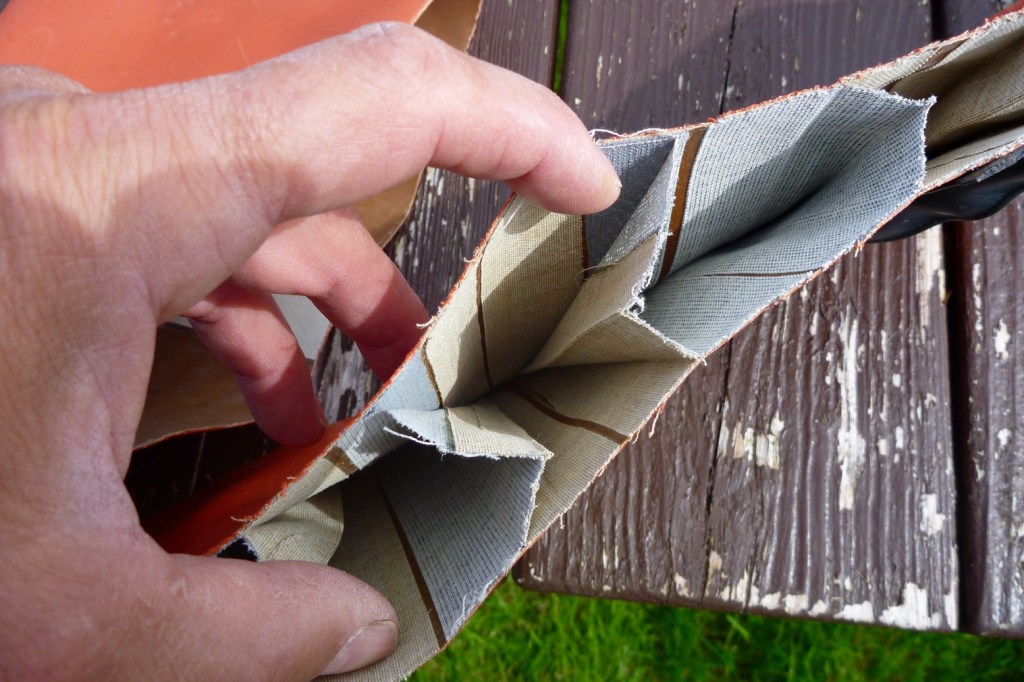See also:
Advanced Elements 2021 AirFusion Evo
Aquaglide Cirrus 150
Zelgear Igla 410 (soon)

Pictures from Zelgear and Marcin S
These days IK hulls are mostly made from PVC. Just three main IK brands still using old school synthetic rubber: Gumotex (Cz), Grabner (AT) and NRS (USA). PVC gets recycled, is made everywhere and so is cheap off the roll and easy to heat weld. But is it only me who finds something unpleasantly ‘plasticy’ about PVC: the stiffness, the texture, the smell and maybe the eco-stigma.
The only PVC IK I’ve ever owned punctured on the slightest thorn and went on to do that with the next owner. And this was supposedly quality ‘Mirasol’ PVC from Germany (to be fair, a mate with an older K40 had no puncture problems whatsoever). I can’t imagine any Gumotex or Grabner I’ve owned ever doing that, not even my many (TPU) packrafts. That’s why I persevered with synthetic rubber IKs, even if it’s becoming an expensive ‘dinosaur’ fabric.
Synthetic rubber coatings like Nitrilon and EDPM are derived from the original DuPont hypalon. Boats must be hand glued which adds to costs. But, just as nothing man-made has managed to beat the properties of leather for crashing fast motorbikes, compared to PVC, synthetic rubber remains more durable and more resistant to UV, lighter, more supple, easier to glue (where needed) and easier fold compactly. After 15 years there was no noticeable deterioration in my Sunny, (below) other than a decade and a half of paddling wear and tear. A synthetic rubber IK will easily outlive a similar PVC IK.

Packrafts, meanwhile, are mostly made from TPU (as well as a few from PVC), a different sort of polymer coating which has many of the benefits of synthetic rubber: odour-free, smooth texture, light, UV resistant, supple (crease-free), not environmentally toxic. But, like PVC, it too can be heat welded. Since Alpacka got the ball rolling, there are now loads of brands banging out TPU packrafts. In this time the fabric and seam technology have proved themselves to be as durable as PVC or rubber, and capable of running higher pressures too. As someone on the internet observed: ‘Thermoplastic Polyurethane (TPU) is the link between rubber and plastic’.
For inflatables TPU is clearly superior to PVC in all ways except price and stiffness (but this works both ways). “It has properties between the characteristics of plastic and rubber. So, it is flexible without plasticizers, and its flexibility does not affect the design or its strength and durability.” Link

In a way, my 3-metre MRS Nomad packayak (left) was as much a TPU kayak as a packraft. With just 2psi or so, it was able to hold its shape (under my weight), but now costs nearly €1400 in the decked version. In 2022 I got a similar Anfibio Sigma TXL (above) which works surprisingly well in IK environments while weighing just 4kg.

The only PU (same as TPU; not sure) IK I know of was NRS’ discontinued Bandit series. It was made in China but was still dropped, I presume due to cost reasons before they started making many more models with PVC. Since I wrote that the Advanced Elements AirFusion Evo with a PU shell has come out. And so has the TPU Aquaglide Cirrus for 2023.

Zelgear TPU IK
While researching the Zelgear Spark 450 preview I found a 2018 ZelGear catalog. It states their now discontinued 5.2m PVC Igla IK can be requested in TPU (or the similar and much stronger Vectran which Alpacka use for their top-of-the-range packrafts). There’s more here. The weight of this long boat is said to be 15kg. The cost? $2000 I was told.
You may wonder if relatively thin and flexible packraft TPU could support a 5-m IK? TPU coating is also said to be more elastic than PVC, but it can’t be any more elastic than rubber. And anyway, a stretch-free scrim (woven core) takes care of that; the coating is primarily for impermeability.
A long IK needs to be a lot more rigid than a relatively short and squidgy packraft. And a lot of that is down to the fabric, not just psi. That’s one good thing about inflated PVC: it’s stiff. You’d think a TPU IK would require very high pressures to support a long boat which would then need bombproof seams. But add a TPU drop-stitch floor (above) to take the load and the tubed sides would be under less pressure, so to speak. This Zelgear blog post from 2018 mentions some “some technological issues are being resolved“. I’m told Zelgear were on it but then Putin made his move…
Pictures below by Marcin S from a boat show in 2018.




With all these Asian-made TPU packrafts knocking about, some using locally sourced fabric whose quality in my experience is as good as the Alpacka stuff, the cost of TPU fabric may drop to a level matching the few ‘hypalon’ IKs still available. The $1700 Aquaglide Cirrus is one good example.
A few years ago I predicted that full drop-stitch IKs would become the new thing. This has happened and has driven IK design and sales a long way forward. But, PVC aside, I’m still not convinced by the boxy profiles and packed bulk of FD-S IKs. Until FD-S forms can evolve (as the Itiwit X500 has shown), I think hybrid, drop-stitch floors (D-SF) are certainly the way to go, if an IK is to stay undecked, unlike the X500.
There will always be a demand for cheap vinyl or PVC IKs but I predict the next big thing in high-end IKs will be TPU, including removable D-S floors in TPU. TPU is now well proven with packrafts and blends the heat-welding benefits of PVC with nearly all the better attributes of ‘hypalons’.















